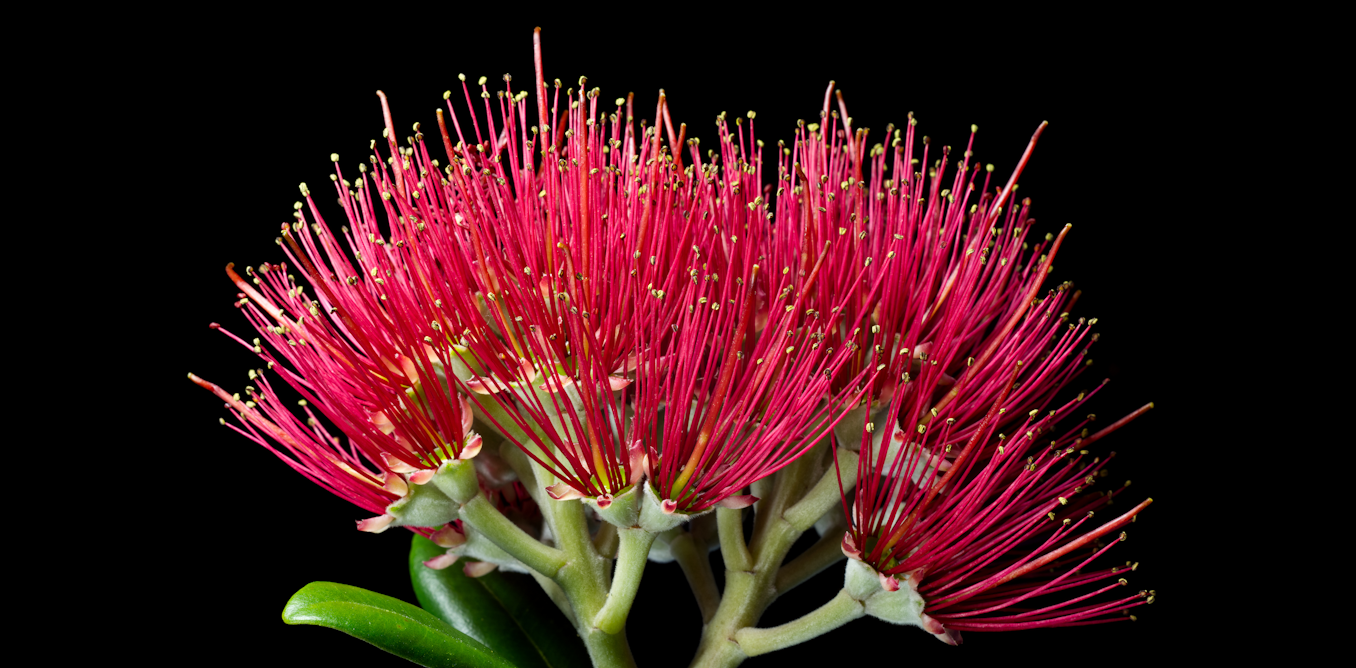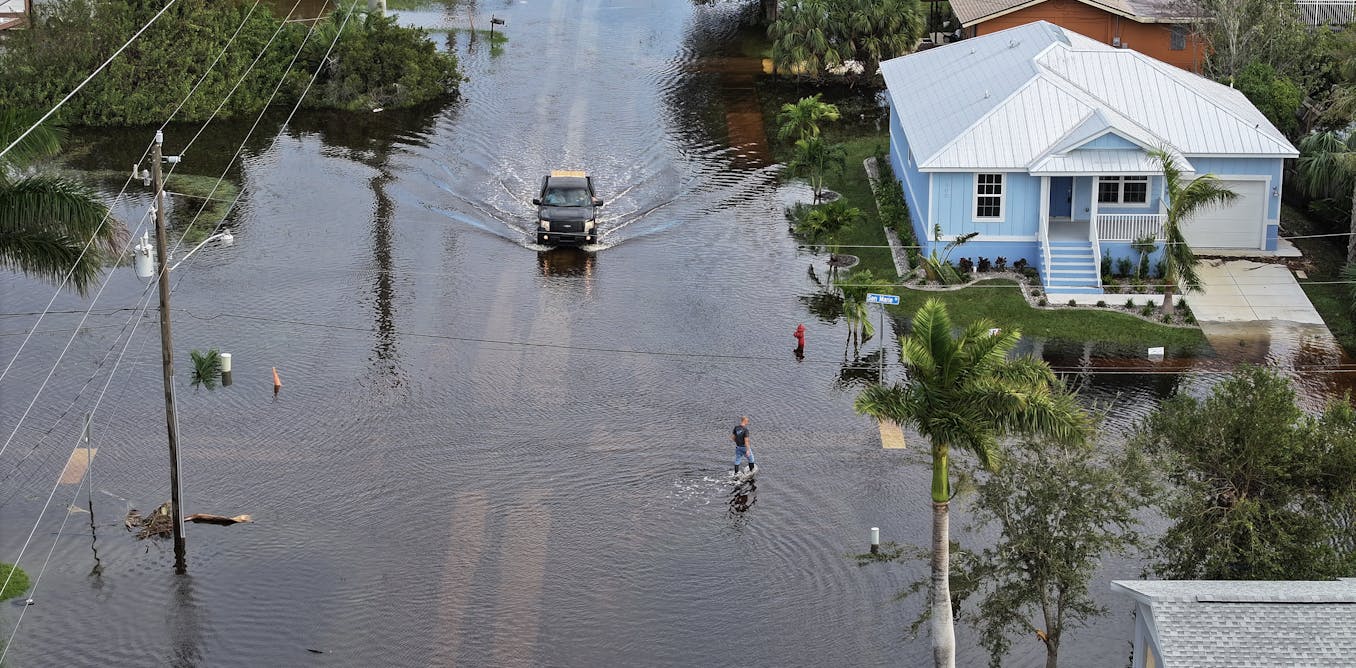Azerbaijan next week will garner much of the attention of the climate tech world, and not just because it will host COP29, the United Nation’s giant annual climate change conference. The country is promoting a grand, multi-nation plan to generate renewable electricity in the Caucasus region and send it thousands of kilometers west, under the Black Sea, and into energy–hungry Europe.
The transcontinental connection would start with wind, solar, and hydropower generated in Azerbaijan and Georgia, and off-shore wind power generated in the Caspian Sea. Long-distance lines would carry up to 1.5 gigawatts of clean electricity to Anaklia, Georgia, at the east end of the Black Sea. An undersea cable would move the electricity across the Black Sea and deliver it to Constanta, Romania, where it could be distributed further into Europe.
The scheme’s proponents say this Caspian-Black Sea energy corridor will help decrease global carbon emissions, provide dependable power to Europe, modernize developing economies at Europe’s periphery, and stabilize a region shaken by war. Organizers hope to build the undersea cable within the next six years at an estimated cost of €3.5 billion (US $3.8 billion).
To accomplish this, the governments of the involved countries must quickly circumvent a series of technical, financial, and political obstacles. “It’s a huge project,” says Zviad Gachechiladze, a director at Georgian State Electrosystem, the agency that operates the country’s electrical grid, and one of the architects of the Caucasus green-energy corridor. “To put it in operation [by 2030]—that’s quite ambitious, even optimistic,” he says.
Black Sea Cable to Link Caucasus and Europe
The technical lynchpin of the plan falls on the successful construction of a high voltage direct current (HVDC) submarine cable in the Black Sea. It’s a formidable task, considering that it would stretch across nearly 1,200 kilometers of water, most of which is over 2 km deep, and, since Russia’s invasion of Ukraine, littered with floating mines. By contrast, the longest existing submarine power cable—the North Sea Link—carries 1.4 GW across 720 km between England and Norway, at depths of up to 700 meters.
As ambitious as Azerbaijan’s plans sound, longer undersea connections have been proposed. The Australia-Asia PowerLink project aims to produce 6 GW at a vast solar farm in Northern Australia and send about a third of it to Singapore via a 4,300-km undersea cable. The Morocco-U.K. Power Project would send 3.6 GW over 3,800 km from Morocco to England. A similar attempt by Desertec to send electricity from North Africa to Europe ultimately failed.
Building such cables involves laying and stitching together lengths of heavy submarine power cables from specialized ships—the expertise for which lies with just two companies in the world. In an assessment of the Black Sea project’s feasibility, the Milan-based consulting and engineering firm CESI determined…
Read full article: Azerbaijan’s $3.8B Green Energy Plan to Power Europe

The post “Azerbaijan’s $3.8B Green Energy Plan to Power Europe” by Amos Zeeberg was published on 11/06/2024 by spectrum.ieee.org







































Leave a Reply